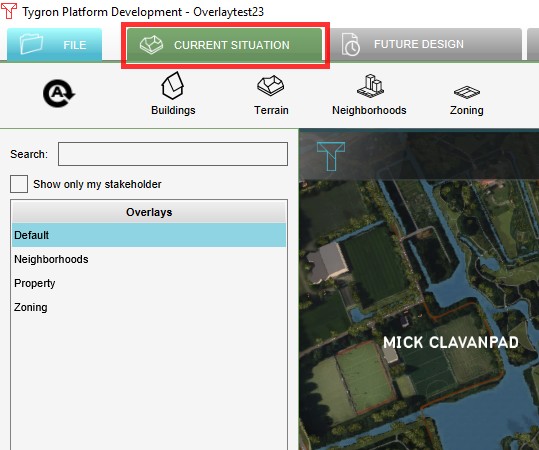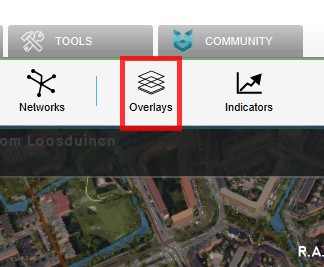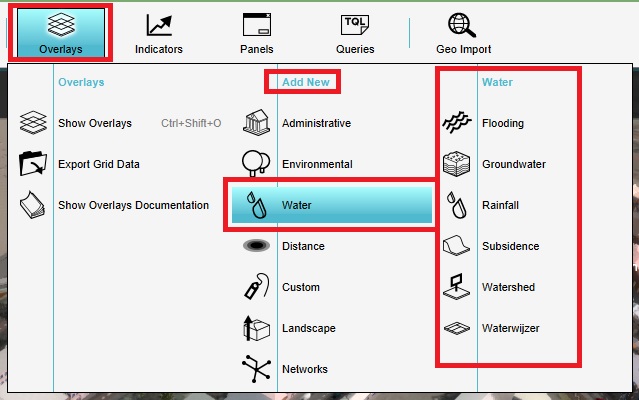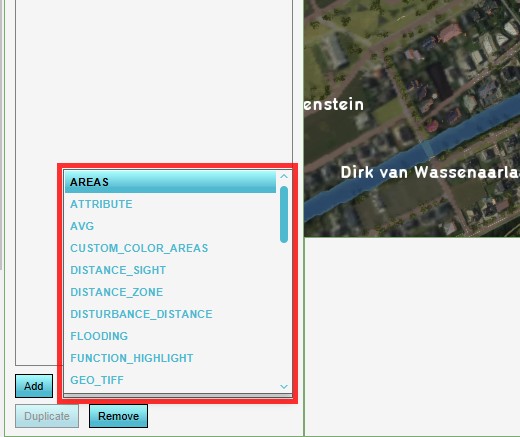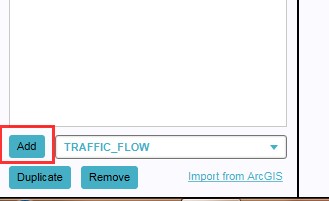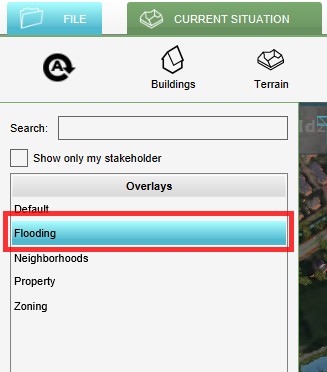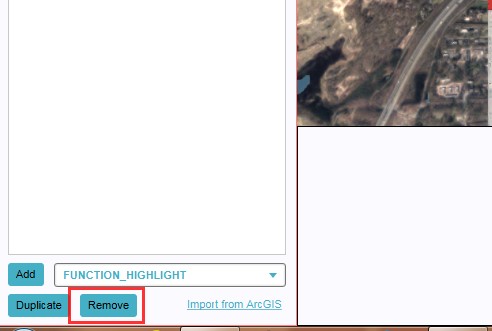How to add and remove an Overlay: Difference between revisions
Jump to navigation
Jump to search
No edit summary |
No edit summary |
||
| (One intermediate revision by one other user not shown) | |||
| Line 37: | Line 37: | ||
</gallery> | </gallery> | ||
''Sometimes it can be convenient to duplicate an already existing overlay. To do so, follow the steps for removal, but select 'Duplicate' | ''Sometimes it can be convenient to duplicate an already existing overlay. To do so, follow the steps for removal, but select 'Duplicate' instead of 'Remove'.'' | ||
{{article end | {{article end | ||
| Line 43: | Line 43: | ||
* [[Overlay]] | * [[Overlay]] | ||
}} | }} | ||
[[Category:How-to's]] | |||
Latest revision as of 13:17, 30 January 2024
Adding and removing overlays is a generic process, however, certain overlays are dependent on other assets being present too, such as indicators, terrains, vacancy, images, etc. For more information please refer to the respective main articles for the specific overlays.
How to add an overlay:
- Select in the editor 'Current Situation' from the ribbon
- Hover over the 'Overlays' button on the ribbon bar
- Select the desired overlay from the pop up menu
- ...or select the desired overlay from the drop down menu on the bottom of the left panel and select 'Add' from the bottom of the left panel
- The overlay icon will now appear.
How to remove an overlay:
- Select in the editor 'Current Situation' from the ribbon
- Select 'Overlays' from the ribbon bar
- Select the desired overlay from the list of active overlays on the left panel
- Select 'remove' from the bottom of the left panel
- Confirm the removal in the pop up confirmation message
Sometimes it can be convenient to duplicate an already existing overlay. To do so, follow the steps for removal, but select 'Duplicate' instead of 'Remove'.
